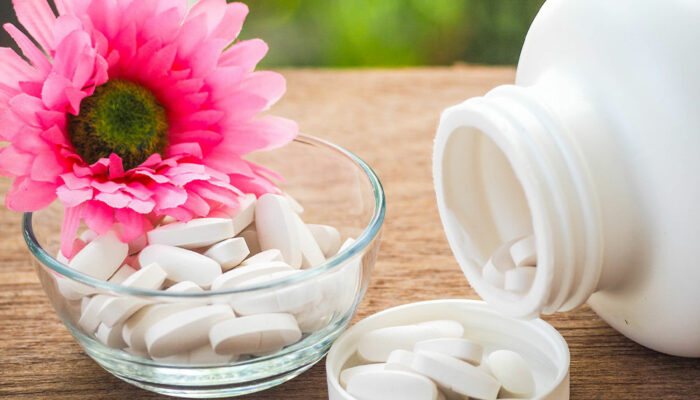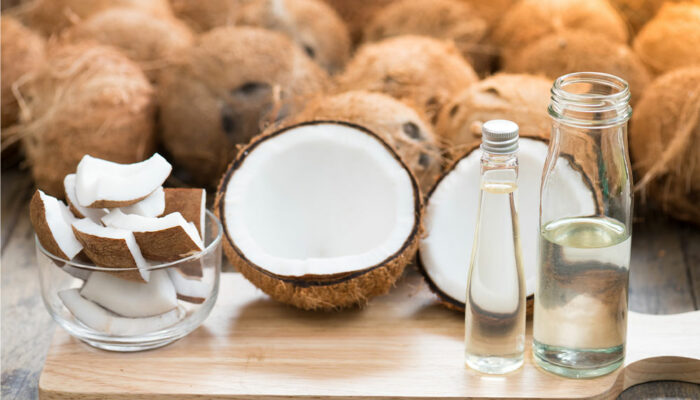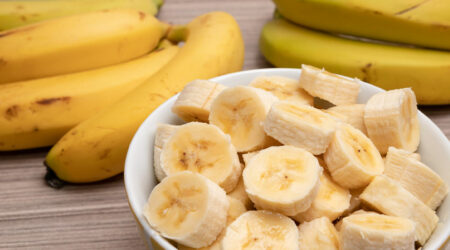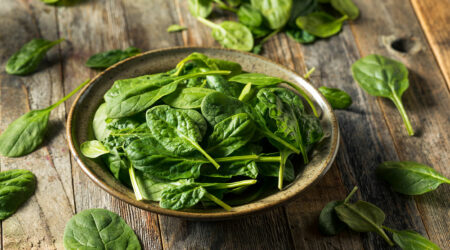
8 Tips for Picking the Right Anti-Aging Products
There is no denying that we all want to look our best at every possible moment. But, selecting the correct anti-aging products can be a daunting task. With so many options on the market nowadays, it isn’t easy to know which product will work well and which will not. So here are some essential tips for choosing the ideal anti-aging products to seamlessly maximize your results and let you enjoy beautiful, healthy skin. List of active ingredients commonly found in anti-aging products Retinol Retinol has antioxidant properties that help fight the damage caused by free radicals. Free radicals lead to the breakdown of skin cells, which is the primary cause of wrinkles. Retinol helps reduce wrinkles and boosts the elasticity and thickness of the skin. Vitamin C Vitamin C offers protection from the damage caused by the sun’s UV rays. Peptides Peptides are small proteins that help stimulate new cells to grow and thereby assist the skin cells in healing wounds, stretch marks, and wrinkles. Alpha-hydroxy acids Ingredients such as glycolic, lactic, and citric acids help eliminate dead skin cells, brighten the skin, and make the skin appear lighter and smoother. Tips and tricks for choosing the right anti-aging products Begin with a sunscreen Sun exposure and dehydrated skin are the primary reasons you might experience sun spots, wrinkles, and fine lines. To prevent such a situation, you must pick a good sunscreen. When selecting a sunscreen, look for a product with an SPF rating of at least 30 (SPF 50 is recommended). Your sunscreen should be water-resistant and protect against UVA and UVB rays. Also, if you have sensitive skin, sunscreen containing harsh chemicals, fragrances, preservatives, and alcohol should be avoided. Add the moisturizer While moisturizers cannot prevent wrinkles, they can always minimize any fine lines you experience. Often, your moisturizer can be the secret weapon in your anti-aging skincare regime.
Read More 









